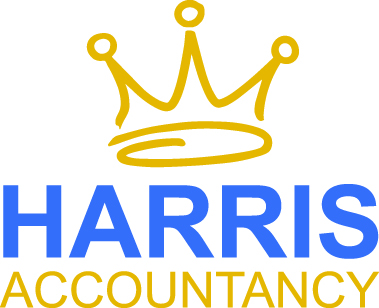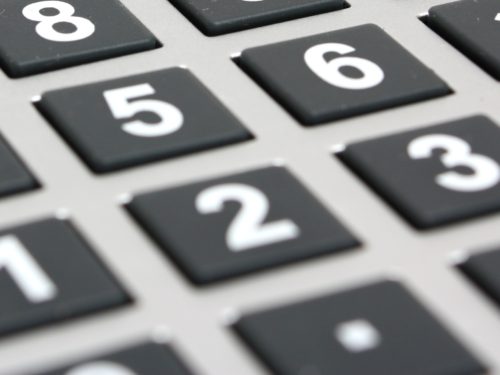 Capitalising and maintaining assets within a charity helps to enable the business flourish it’s charitable purposes.
Capitalising and maintaining assets within a charity helps to enable the business flourish it’s charitable purposes.
Where charities are legally bound to provide accounts, a balance sheet (which provides a fair and true representation of the financial position of the charity) is included. The balance sheet includes the value of the fixed assets of which the charity currently maintain.
Charity sizes vary greatly, therefore the value of an asset each Charity chooses to capitalise will vary. Smaller charities will choose to capitalise assets worth as little as £75.00, whereas larger charities will only capitalise items at larger values. It is an organisation’s own choice as to how large or little the value of assets they choose to capitalise.
Within accounts, you can have four types of fixed assets, these are:
- Intangible Assets
- Tangible Assets
- Heritage Assets
- Investments
Intangible assets do not have a psychical substance but can be controlled by a charity through legal rights. For example, goodwill, customised computer software and customer lists.
Tangible Assets have an on-going economic benefit to the charity. For example, land, building, machinery and equipment all benefit the charity in either a direct or indirect fashion over a number of years.
Heritage Assets are less commonly known. These are assets of which hold geographical, historic, environmental or technological qualities. The purpose of maintaining a heritage asset is for the contribution of culture and knowledge. Heritage assets can be either intangible or tangible.
Investments that can be categorised as a fixed asset investment which have the purpose to generate income or/and the investment potential. However, this does not include investments specifically for sales.
Fixed Asset Registers
Organisations need to supervise assets properly. A commonly known and used way of supervising assets is for a company to have a ‘Fixed Asset Register’. Examples of FAR’s can be found easily. An organisation may choose to use; software, online, or a paper-based way of keeping an asset register.
Fixed asset registers included; the type of asset, original value, date of acquisition, depreciation details (see below), date of disposal, sale cost (if asset is sold).
Fixed Assets are depreciated to maintain an estimated value of the asset throughout time.
Each charity may set its own depreciation policy. It may have a different percentage of depreciation, be depreciated monthly, or use a different depreciation policy.
See below for an example of how an asset is depreciated using a depreciation rate of 20% (therefore meaning there will be 5 years’ worth of depreciation).
| Asset 1 – Computer | Straight-line basis | |||
| Purchase Value | £500.00 | |||
| Depreciation | Rate 20% | Carrying Value | ||
| Year 1 | £100.00 | £400.00 | ||
| Year 2 | £100.00 | £300.00 | ||
| Year 3 | £100.00 | £200.00 | ||
| Year 4 | £100.00 | £100.00 | ||
| -No estimated value left |
Types of depreciating methods
- Straight Line Basis – an asset is depreciated at a percentage of the original value. The asset will be depreciated by the same amount each year.
- Diminishing Value – an asset is depreciated at a percentage of the original value (value-depreciation = carrying value), the second time the asset is depreciated, it will be depreciated by the same percentage, however the percentage will be of the carrying value from the previous year.
References
- www.charitysorp.org/media/619092/frsse_complete.pdf
- www.gov.uk/government/publications/managing-charity-assets-and-resources-cc25/managing-charity-assets-and-resources
Definitions
Asset – an item of value owned by a person or organisation, regarded as having value over a number of years.
Useful Life – an organisation will choose a depreciation rate dependent upon how long they estimate the asset to be used. E.g. if an asset is estimated to be used for 8 years – 100%/8 = 12.5%
Article by Ellie Davis





